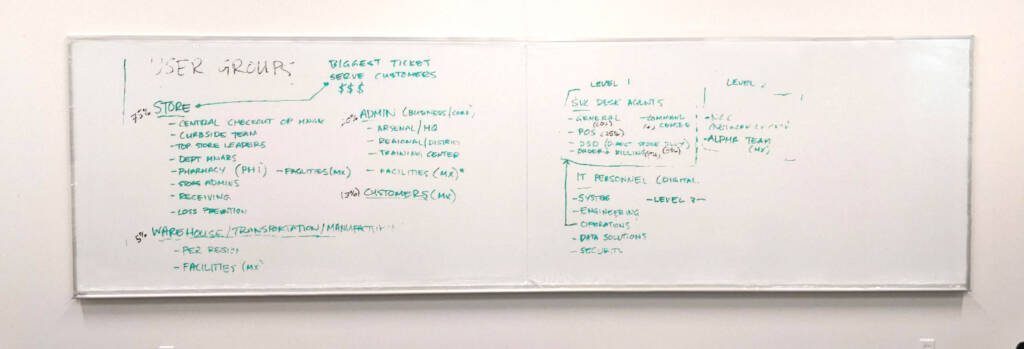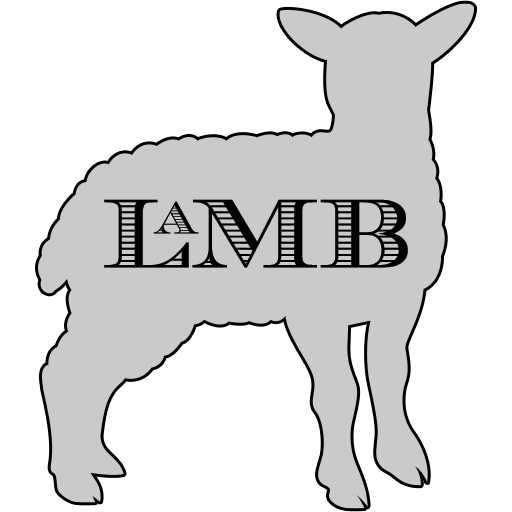Workshops for ITSM Vision & Enhanced UX
Our engagement with H-E-B focused on conducting a comprehensive assessment of their business, user, and technology needs to lay the groundwork for an upgrade to their IT Service Management (ITSM) platform. Through a series of structured workshops, we collaborated with key stakeholders to identify and prioritize high-level business features, user needs, and technology requirements. This effort culminated in a detailed Vision deliverable that outlined business goals, user objectives, IT outcomes, and recommended solution features, setting the stage for the successful implementation of their new ITSM platform.
“A service is a means of delivering value to customers by facilitating outcomes that customers want to achieve without the ownership of specific costs and risks.”
During our collaborative workshop with the grocery store team, we focused on identifying and understanding the various user groups that interact with the IT Service Management (ITSM) platform. The insights captured on the whiteboard highlight key personas, such as store employees, administrative staff, and IT personnel, each with distinct roles and needs. This workshop allowed us to map out their priorities and challenges, ensuring that the ITSM platform would be tailored to support efficient operations across all levels of the organization. By engaging directly with stakeholders, we were able to align the technology solutions with the specific needs of each user group, paving the way for a more effective and user-centered ITSM strategy.
 Onsite workshops brought together diverse and varied teams toward a common goal.
Onsite workshops brought together diverse and varied teams toward a common goal.
The Result
The collaborative workshop led to a clear understanding of the diverse needs of each user group, allowing us to design an ITSM platform that is intuitive and effective for all stakeholders. As a result, the grocery store now benefits from a more streamlined service management process, with enhanced user satisfaction and improved efficiency across store operations, administrative tasks, and IT support. This alignment between the platform’s features and user requirements has ultimately contributed to smoother operations and a more cohesive organizational workflow.


